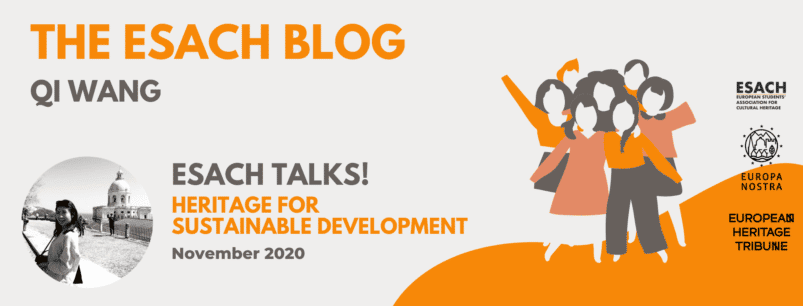What heritage could contribute to sustainable development? In 2015, within the 17 Sustainable Development Goals (SDGs), adopted by the United Nations Member States for the 2030 Agenda for Sustainable Development, heritage was mentioned when stating “strengthen efforts to protect and safeguard the world’s cultural and natural heritage” (SDG 11.4). This goal highlights the importance of heritage conservation, however, it may imply a narrow image of heritage as the ‘passive victim’ (Fouseki et al., 2020) of rapid urbanization and always in need of protection, rather than a catalyst for the society. This kind of passive image of heritage may come from the overly expert-led heritage processes which concentrated mainly on a physical heritage protection, and unfolded in a growing isolation between the people’s life and the environment. However, if we consider the costs and the pollution during the building construction and demolition when turning to built heritage, ongoing debates stress the sustainable and social benefits related to the adaptive reuse of those old buildings. Therefore, the heritage conservation strategy needs to be innovated from a heritage-oriented to a people-oriented point of view.
Written by: Qi Wang.
This paper inspired from the living and study experience in Leuven, a student town and historic city in Belgium, which provides a collaborative platform for different groups of stakeholders involved into innovation challenges from climate change to the shift to a circular economy to ensure high-quality education and public care. In 2020, the city was awarded by the European Commission as the European Capital of Innovation which shows the great effort the city has made on improving the living wellbeing. During the study in Raymond Lemaire International Centre for Conservation (RLICC), I had the opportunity to learn from the city’s heritage experts, heritage sector planners, and citizens about Leuven’s efforts towards strengthening the coexistence of urban heritage and the people. This article is a reflection from the city of Leuven about how heritage could be turned into a motivation factor for sustainable urban development from a people-oriented strategy.
Stimulating people’s interest of their living environment
Encouraging people to understand the living component of the environment is the first and foremost important step to establish a conversation between the community and the heritage. Considering how its urban domain is full of past artifacts, and instead of only aiming to educating the people on the importance of heritage protection, the City of Leuven organizes many events to stimulate the exploration from its citizens of the history and beauty of their living surroundings. For example, a series of colloquiums, exhibitions and activities were held about the revival of the city after the wartime for different kinds of inhabitants, which encouraged people to realize how the city established and connected the heritage pieces into an integral cityscape. During the pandemic time, the city launched events such as ‘Holiday at your home city’ to relieve the anxiety among citizens by exploring the open public spaces, thanks to the large amount of heritages and natural landscapes that remained in the city.
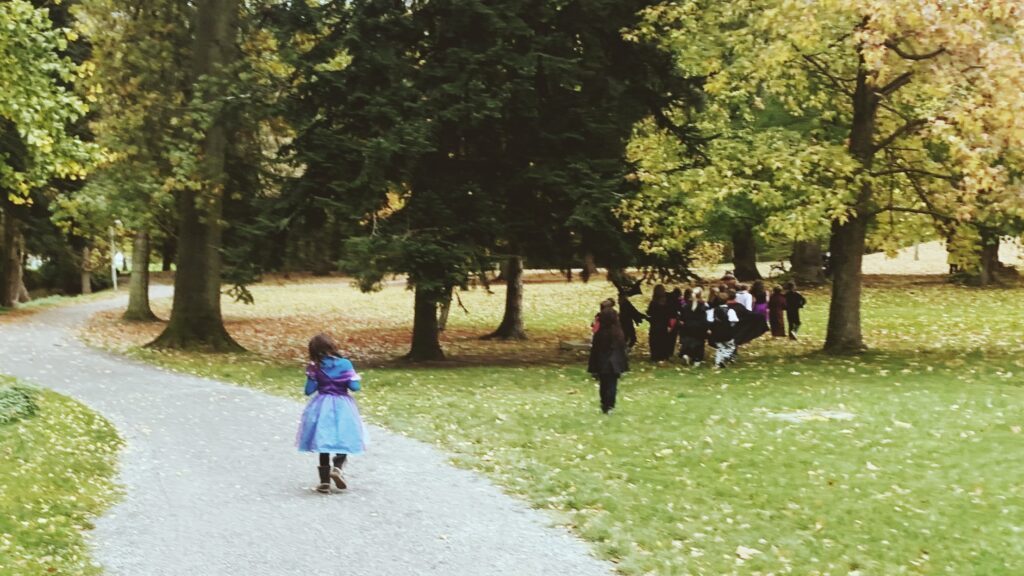
A connection between past and present
Adaptive reuse of old buildings is not only a cycled approach from an environmental perspective as it also shows the continuity of social tradition. Take the first city wall of Leuven as an example. In current times, given the city wall of Leuven’s halt of functioning as a defensive fortification system, there are still some parts which remain, being reused as a new house, city prisons or storage. Even though the approach is mainly shaped by the shortage of construction materials and living spaces, unconsciously, it provides a chance for preserving the walls to the next generation (Slechten, 2005).
Today, the remnants are being restored and strengthened by both citizens and the City as heritage, then still following the tradition of adapting them to meet the needs of modern life. In order to present the whole memory of the city wall, a design competition for revitalizing the wall was launched. After the public selection, a ‘reconnection’ idea was chosen: two pieces of bronze strips with lights below were installed on the ground of the street pavement to represent the location of the old city gates which add new heritage meaning to the public (Flux landscape architecture, 2016). Other than the city wall, in Leuven, reusing old buildings became a tradition to the extent that the fusion of old and new could be found everywhere.
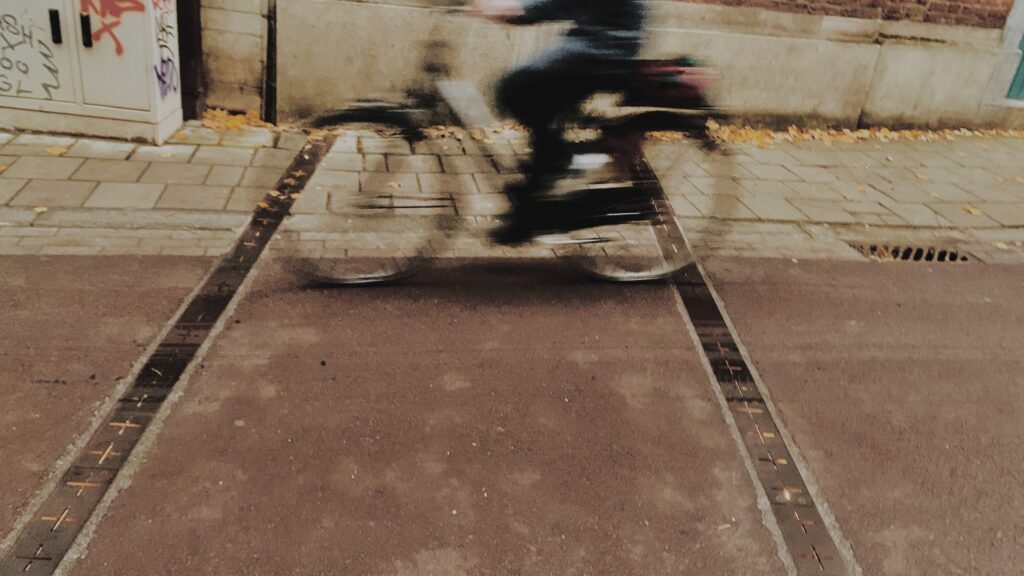
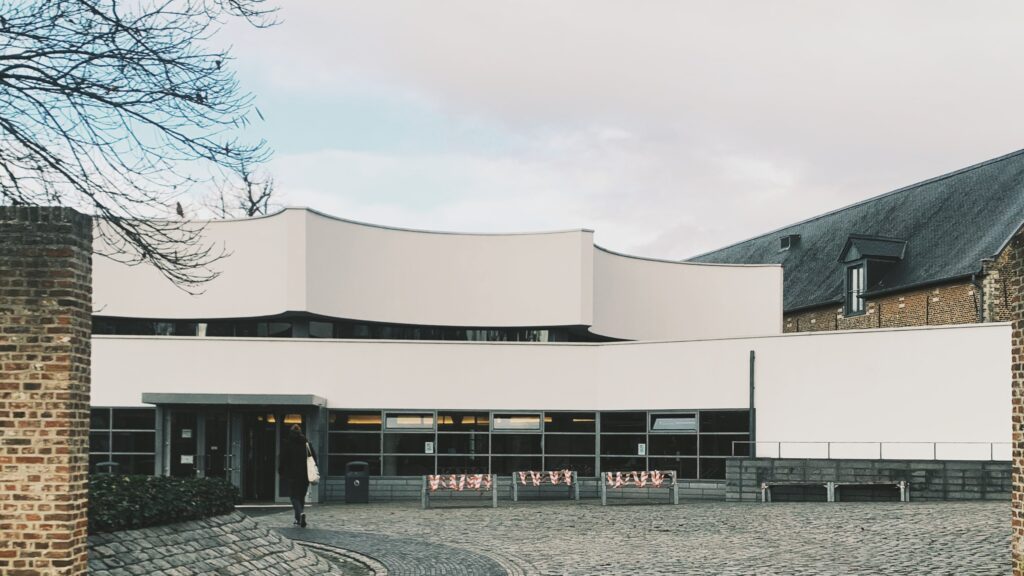
A social condenser
The use of heritage is a condenser for social interaction that engages a whole range of communities, stimulating more possibilities for the use of heritage. After the French Revolution, many abandoned abbeys remain in Belgium, located on the outskirts of the city landscapes. Instead of waiting for the ruins to deteriorate or only concentrating on the physical heritage itself, Leuven cooperated with different stakeholders to explore the value of these abbeys from different perspectives: in a successful example, the Park Abbey, for instance, a mixed agriculture company was involved to manage an active farm around the green space of an abbey, which served as a bio restaurant with shops being installed for providing food. The activity also provides citizens with a chance to experience DIY farming while, at the same time, appreciating the beauty of the dwelling, with a brewery factory being there located to provide typical drinks and illustrating the beer culture of the city. In addition, the Alamire foundation organized playing and exhibiting traditional music related to the abbey which reconnected the public and the science. Besides, a charitable organization was present and held activities to assist believers, somehow restoring the original function of the place. Such kind of activities based on the historical background could create a deep sense of belonging in the communities.
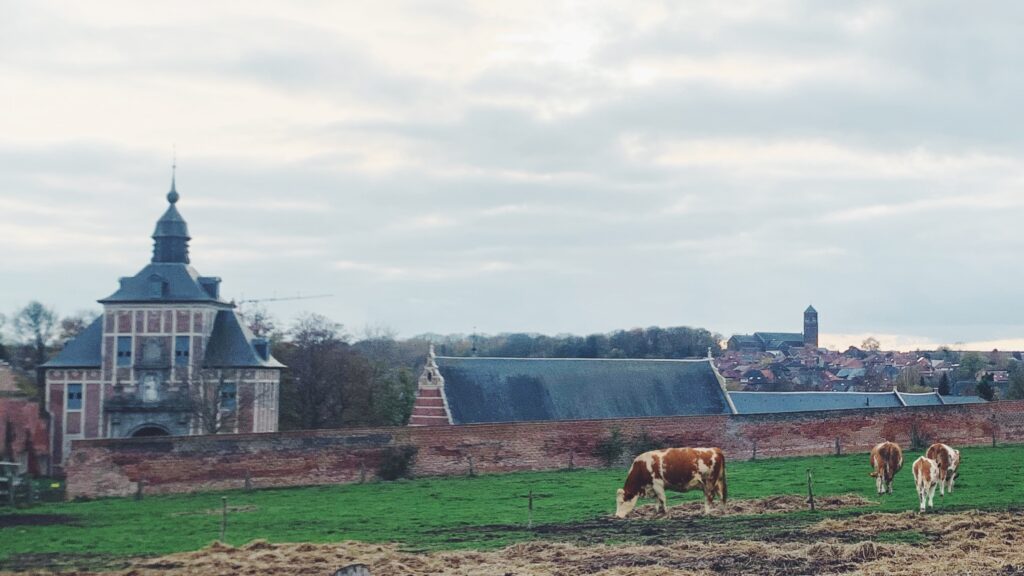
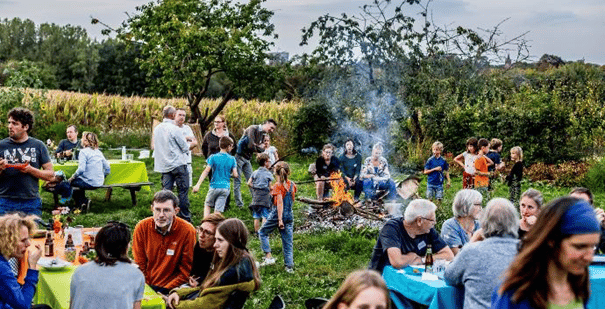
New possibilities will burst out from the broken seams of the past artifacts by involving different innovative ideas from the diverse communities. It is important and necessary to realize that the role of heritage is far more than just a static monument waiting to be protected. On the contrary, by switching a single expert-led heritage methodology to a broadened inclusive heritage sharing approach, the heritage could contribute to serve for the wellbeing of the people and drive a better life.
*Special thanks to the RLICC’s lectures.
About the author
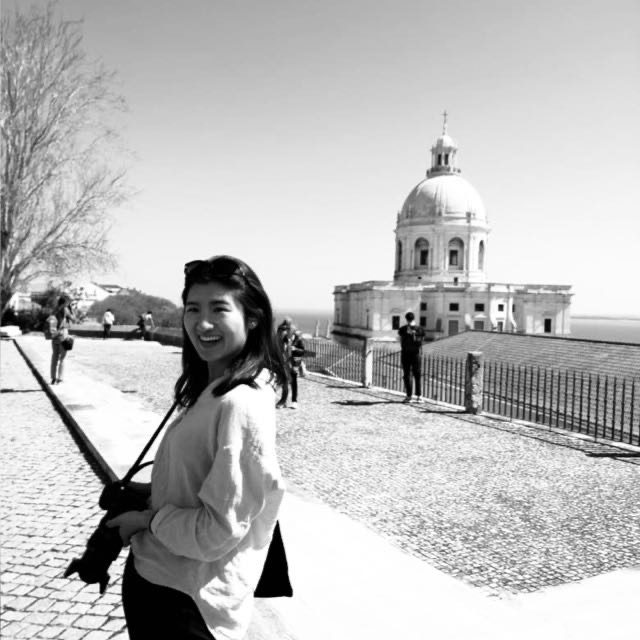
Qi Wang is a master student studying Architectural Design and History in Politecnico di Milano of Mantova Campus. Currently, she is doing an exchange in KU Leuven, RLICC. She previously worked in China as a chief architect in Tianjin University Cultural Heritage Conservation Institute. She is keen on the topic of adaptive reuse and inclusive design in built heritage.
- Email: cinziawong813@gmail.com
- Instagram: @cinziawong813
References
- Slechten, Katrien. “The Ancient City Walls of Leuven: How to Present the Remnants and Their History to the Public.” KU Leuven, 2005.
- Fouseki, Kalliopi, et al. “Integrating a ‘Deep Cities’ Approach into Sustainable Urban Transformation Practices.” Heritage and Sustainable Urban Transformations, 2019, pp. 258–269.
- Clark, Kate. Capturing the Public Value of Heritage the Proceedings of the London Conference 25-26 January 2006. English Heritage, 2006.
- Chitty, Gill. Heritage, Conservation and Communities: Engagement, Participation and Capacity Building. Routledge, 2018.

